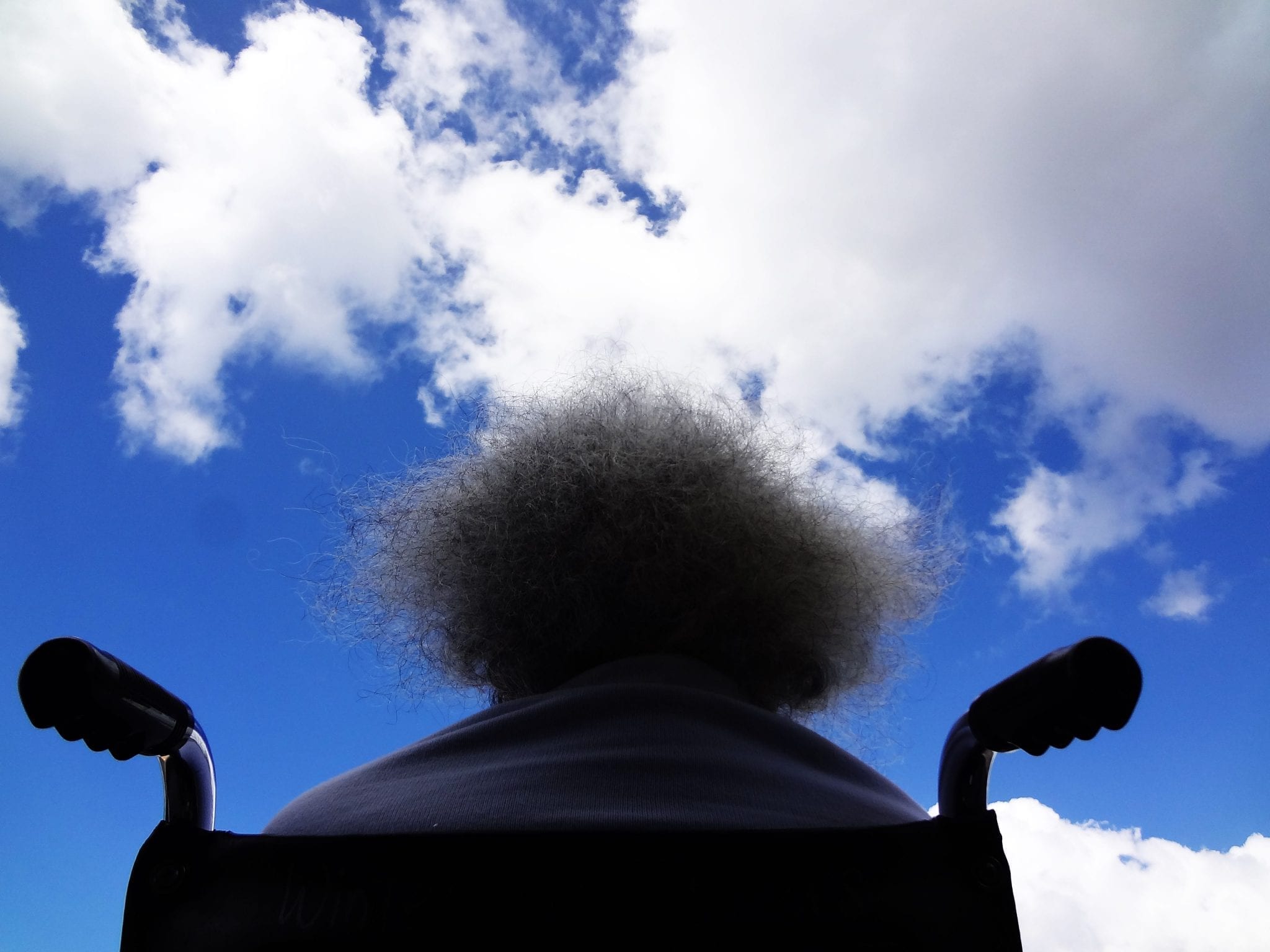Home healthcare has numerous benefits, including cost-effectiveness and providing comfort, convenience, and safety.
One of the benefits of home healthcare is its cost-effectiveness. For one, patients under this care don’t have to commute to access care. Home healthcare is even more cost-effective for patients who are eligible for insurance because their respective insurers cover the costs.
Secondly, this form of care offers patients comfort, convenience, and safety. This is especially true for older patients suffering from acute or chronic health conditions or nursing injuries. For instance, home healthcare minimizes hospital visits, providing comfort and convenience. Home healthcare agents also promote medication adherence among home-based care patients, promoting speedy recovery and enhancing patient safety.
Nonetheless, home healthcare operators or agencies can easily fall victim to lawsuits due to various compliance issues. Please keep reading to discover these issues and some strategies to avoid or overcome them.
Compliance Issues in Home Healthcare
Several compliance issues exist in home healthcare. These include inadequate training and operating without a license, issuing the wrong dosage and medication errors, patient abuse, falls or injuries, and failing to follow physician instructions. Below is a more detailed discussion of these issues.
- Inadequate Training and Operating Without a License
Adequate training and licensure in the health sector are vital because of the delicate nature of human life. For one, proper training equips healthcare professionals with the necessary knowledge and skills to preserve human life. You can take different types of training to be licensed as a caregiver. Today, most of these trainings are administered online through a detailed video-based course.
The most widely recognized certification is the Certified Nursing Assistant (CNA) certification, which the National Council of State Boards of Nursing offers.
Another certification required is the PCA training certification. (Personal Care Aide Training). PCA training is a two-week program for people who want to join the healthcare Industry. Upon graduation from this training, you receive a certificate from the New York State Department of Health.
You can work in assisted living facilities or private homes with the certificate as proof of training. Some of the tasks you’re expected to do are:
- Helping the client with activities like walking and exercising
- Bathing
- Grooming among others
Please note that PCA training doesn’t qualify you to work in a nursing home. You would need higher certification like the Certified Nursing Assistant (CNA)
Other states also offer certification for caregivers specializing in dementia care, such as the Certified Dementia Practitioner (CDP) certification. To be certified, caregivers need education and training. These may vary by state and are often set by the state’s regulatory body.
What’s the Value of a License/Certification?
The purpose of a license is to show that you’re qualified to practice in-home healthcare. Furthermore, professional licenses require regular renewal to prove that you’re still qualified to work in the same capacity.
Therefore, lacking sufficient training and a license for home healthcare can land you in legal trouble. For instance, if the patient under your care is injured and you have no license, they can sue for damages.
In addition, you could also be sued for battery, which refers to inappropriate contact with another individual’s body without their consent. This is because, in the healthcare sector, a patient’s consent for contact is based on the belief that the practitioner is qualified. As such, if you lack a license, they could argue that they didn’t issue consent. Some consequences of operating as a home care provider without a license or proper training include probation, hefty penalties, jail time, or even sentencing.
- Dosage and Medication Errors
Dosage and medication errors are among the major compliance issues in home healthcare. These errors can occur for a variety of reasons. For starters, they can be an outcome of miscommunication or a transcription oversight. For example, a patient may be prescribed a higher dosage than recommended due to a transcription error.
Consequently, administering the dosage may result in health complications for the patient, some of which could be fatal. Therefore, home healthcare operators are advised to always verify the accuracy of prescriptions before administering medication.
Secondly, dosage and medication errors may also arise when a patient mistakenly overdoses on a prescribed painkiller. An opioid overdose can be fatal if it’s not managed promptly. As a home healthcare agent, you must ensure your patient takes the prescribed dosage. If the patient exceeds the recommended painkiller dosage, you can administer an opioid antidote like Naloxone to save their life.
In addition, patients on any blood thinner may be at risk of experiencing dosage and medication errors. Typically, patients on blood thinners are subjected to regular lab tests to monitor progress and changes. Therefore, it’s the role of the home healthcare worker to present the results to the primary care physicians. It enables the physician to track changes and adjust dosages where appropriate.
Failure to review the lab reports regularly can delay the dosage adjustment, putting the patient’s life at risk. Consequently, any complications arising from this situation can result in a lawsuit. Thus, the necessary protocols should be followed to avoid this compliance issue.
- Patient Abuse, and Falls or Injuries
Unfortunately, patient abuse is a relatively common compliance issue in home healthcare. Some prevalent forms of abuse include emotional, financial, physical, and sexual abuse. For one, emotional abuse of patients entails verbally abusing them, speaking rudely or using vulgar language, embarrassing the patient, or shouting at them. All these actions can affect the mental well-being of the patients to the extent of causing mental problems like depression and anxiety.
Secondly, some home healthcare workers subject their patients to financial abuse. It includes mismanaging their funds or property, assuming ownership of their property, or coercing the patient to transfer their rights to them. Other signs of financial abuse include:
- Small or large transactions from the patient’s accounts to a home healthcare personnel
- Checks issued to the care provider
- A drastic change in financial behavior, such as large cash withdrawals, especially when the patient isn’t in a position to do that
In some cases, patients may experience various forms of physical abuse from their home healthcare providers. These include inappropriate use of restraints, hitting, pushing, or kicking. Hiding their mobility aids like canes, wheelchairs, or crutches also counts as physical abuse because it causes physical harm to the patients. Some signs that exemplify physical abuse among patients receiving home healthcare include:
- Physical signs such as unexplained weight loss, injuries, and bruises
- Behavioral symptoms like withdrawal, agitation, fear whenever the home care provider is present, mood swings
- Environmental indicators such as poor hygiene, a disorganized home
Regrettably, some patients may be subjected to sexual abuse by their home healthcare workers. Sexual abuse entails inappropriate touching, rape, and sexual assault. Some indicators of a sexually abused patient include STIs (sexually transmitted infections), fear of the home care provider, soiled undergarments, or bleeding.
When it comes to patient abuse, a home care worker doesn’t have to be the perpetrator to be indicted. On the contrary, witnessing maltreatment or hearing about it from the patient without reporting it is an offense that can trigger compliance issues.
Besides patient abuse, patient falls and injuries can also present compliance issues if unreported. For instance, a fall can affect a patient’s health in the long term. If the patient develops health complications or loses their life, legal action may be taken against the home care provider.
Contrarily, reporting the incident in advance enables a timely response from the primary care physician in cases of injuries or fractures. Consequently, this promotes patient safety and improves quality care, saving you from legal repercussions.
- Failing to Follow Physician Instructions
Effectively managing patients’ health at home requires adherence to the physician’s instructions. There are several reasons why a physician will issue orders. For starters, a positive or negative change in the patient’s condition can trigger dosage or medication adjustment. Thus, home healthcare workers must follow that strictly to increase the patient’s chances of recovering.
Secondly, physical injuries can also result in modified care models or treatment plans. Depending on the extent of the injuries, the physician may require the home healthcare agent to provide regular updates. Again, failing to do this can minimize the efficiency of care and compromise the patient’s health.

Any harm that befalls a patient due to deliberate or unintentional noncompliance can have a variety of repercussions. These include losing your practice license, covering the patient’s medical expenses, or a lawsuit. Home healthcare workers also risk losing their job along with their income.
Counteracting this compliance issue requires home healthcare agencies to streamline processes and promote efficient communication. It ensures that their workers receive timely alerts regarding physician orders and similarly enact them, minimizing negligence.
Efficient collaboration among home healthcare workers is essential to mitigate this compliance issue. For example, the agent has to communicate updated physician instructions to another team member when changing shifts. Consequently, this minimizes negligence resulting from failure to execute the doctor’s instructions.
Complying with home healthcare protocols and regulations safeguards you from serious legal repercussions, like being jailed or imprisoned. It also saves you from costs associated with noncompliance, minimizing financial loss. Most importantly, it enables you to contribute to the primary goal of healthcare, which is improving the quality of life.
In Summary
Home healthcare has numerous benefits, including cost-effectiveness and providing comfort, convenience, and safety. However, home healthcare operators or agencies can fall victim to lawsuits due to various compliance issues. For one, dosage and medication errors can cause health complications for patients and even lead to lawsuits. Additionally, physical, emotional, sexual, and financial patient abuse and falls or injuries are fairly common compliance issues in home healthcare.
Home healthcare workers operating without a license or proper training are also non-compliant. Whether deliberately or unintentionally, failing to follow physician instructions is a compliance issue that can have severe consequences if left unaddressed. Now that you know home healthcare’s most common compliance issues, it’s time to develop mitigation strategies.


Join the conversation!